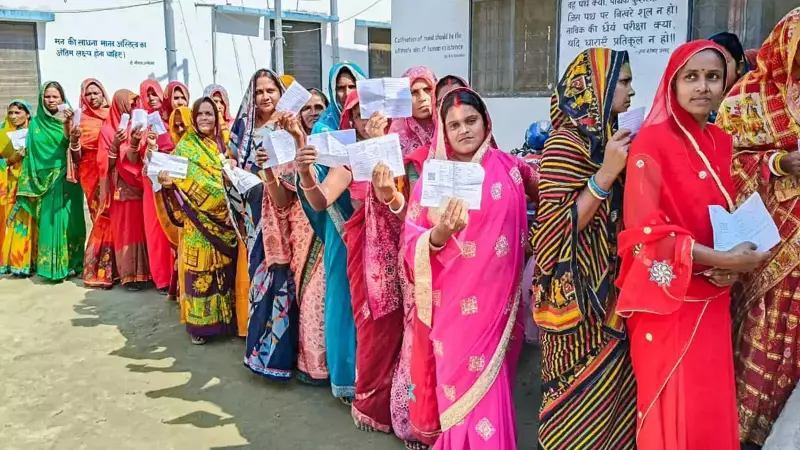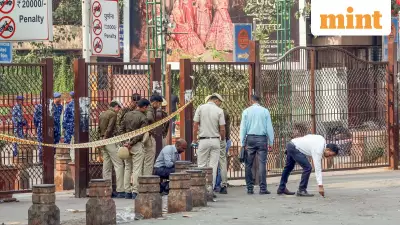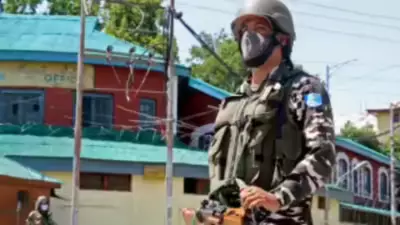
Bihar has scripted electoral history with the highest voter participation in 73 years, with women voters emerging as the decisive force that could determine the state's political future. As voting concluded across the state, the unprecedented surge in women's turnout has become the central talking point, leaving political analysts and parties scrambling to decode which way this silent but massive electorate is leaning.
Record-Breaking Numbers Tell The Story
According to provisional data from the Election Commission, the combined turnout across both phases of voting reached 66.91%, marking a massive 9.62% increase compared to the 2020 Assembly elections. The Commission clarified that these figures are provisional and expected to rise slightly once postal ballots and service votes are counted.
The gender breakdown reveals an even more remarkable story. In the first phase covering 121 constituencies across 18 districts, women's participation soared to 69.04% compared to 61.56% among men - a significant gap of 7.5 percentage points. What's more striking is that women outvoted men in 56 constituencies during this phase.
Several constituencies witnessed particularly wide gender gaps exceeding 8 percent, including Singheshwar in Madhepura, Kusheshwarsthan, Gaura Bauram, Alinagar in Darbhanga, Bhore, Hathua in Gopalganj, and Alauli in Khagaria.
Women's Voting Power Intensifies in Phase Two
The second phase saw women's participation climb even higher, with 74.03% of women voters exercising their franchise compared to 64.1% of men - creating a nearly 10 percent gap between genders. When combined across both phases, the numbers become even more compelling.
25.17 million women cast their votes, outnumbering male voters (24.73 million) by approximately 440,000. This translates to an average of around 1,800 more women than men turning up at polling stations in each constituency across Bihar.
Nitish Kumar's Enduring Appeal Among Women
Early campaign speculation about Chief Minister Nitish Kumar's health and political relevance was decisively put to rest during the election campaign. His day-long roadshow on October 31st, conducted amid heavy rains after his helicopter was grounded due to bad weather, demonstrated both his physical resilience and political determination.
The BJP, which had initially kept its options open regarding the chief ministerial candidate, quickly realigned its messaging mid-campaign to assert that the election was being fought under Nitish Kumar's leadership and that there was 'no vacancy' for the chief minister's post.
Ground reports from rural and semi-urban areas indicate that a substantial section of women voters continue to trust Nitish Kumar, drawn by the NDA's promise of continuity in welfare schemes, stability, and safety. While some Muslim women expressed reservations, a larger share appeared reassured by the ruling alliance's track record and future commitments.
The Great Democratic Question: Consolidation or Change?
The historic turnout presents a classic electoral puzzle. Most exit polls have predicted the NDA's return to power, with the alliance itself claiming that the actual results will surpass these forecasts, citing Nitish Kumar's enduring popularity among women voters.
The opposition, however, interprets the massive participation differently, insisting that the higher turnout signals a vote for change rather than continuity. They argue that increased voter engagement typically indicates public desire for political transformation.
Bihar's electorate has a history of delivering silent surprises, making predictions particularly challenging. Whether the exit polls have accurately captured the public mood or whether the state's famously quiet voters have once again scripted an unexpected twist will become clear only when votes are counted on November 14.
The record women's participation has not only broken historical patterns but has also positioned female voters as potentially the most influential demographic in determining Bihar's next government. As political parties await the final verdict, one thing remains certain: women have spoken loudly through their votes, and their voice will resonate through Bihar's political landscape for years to come.





